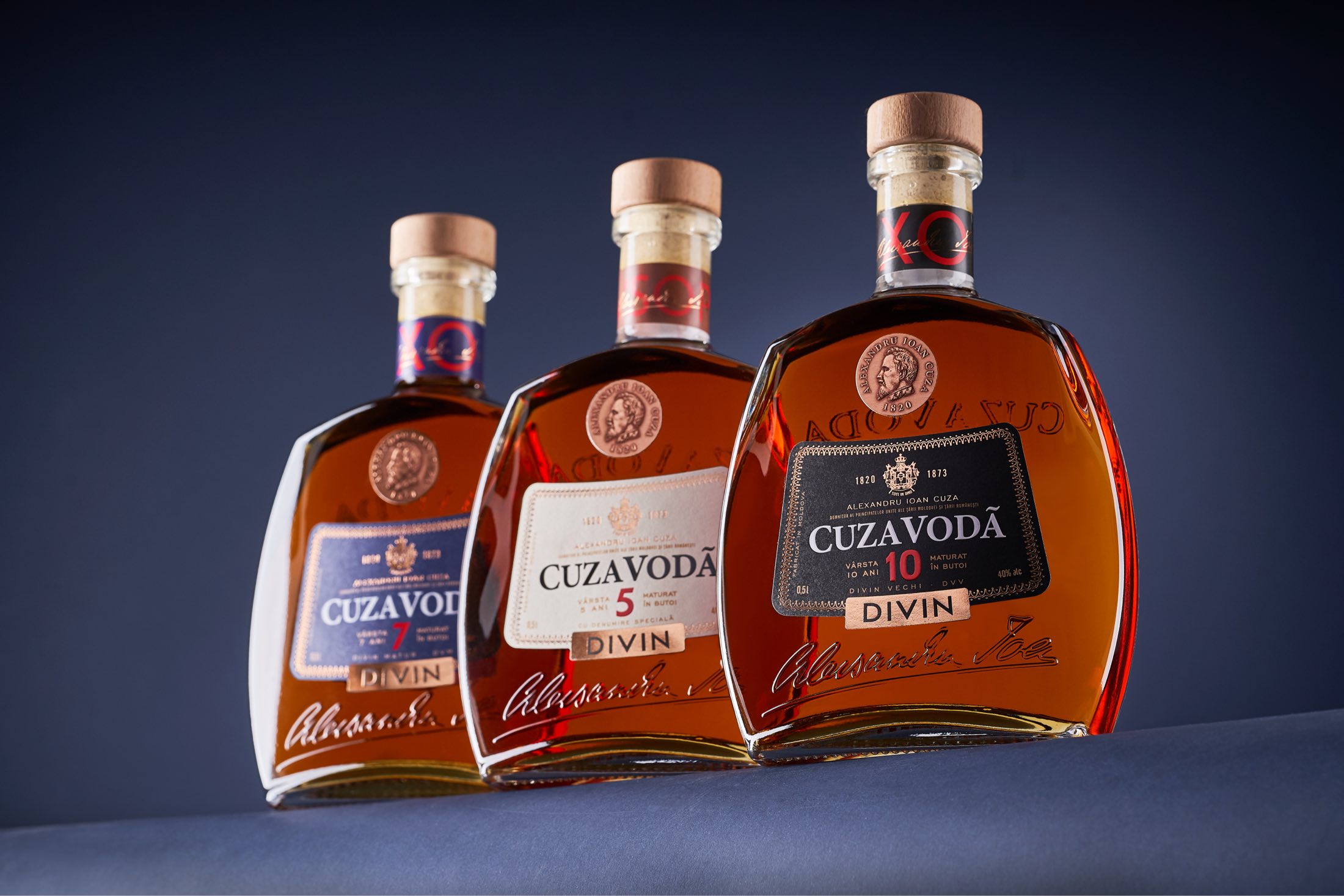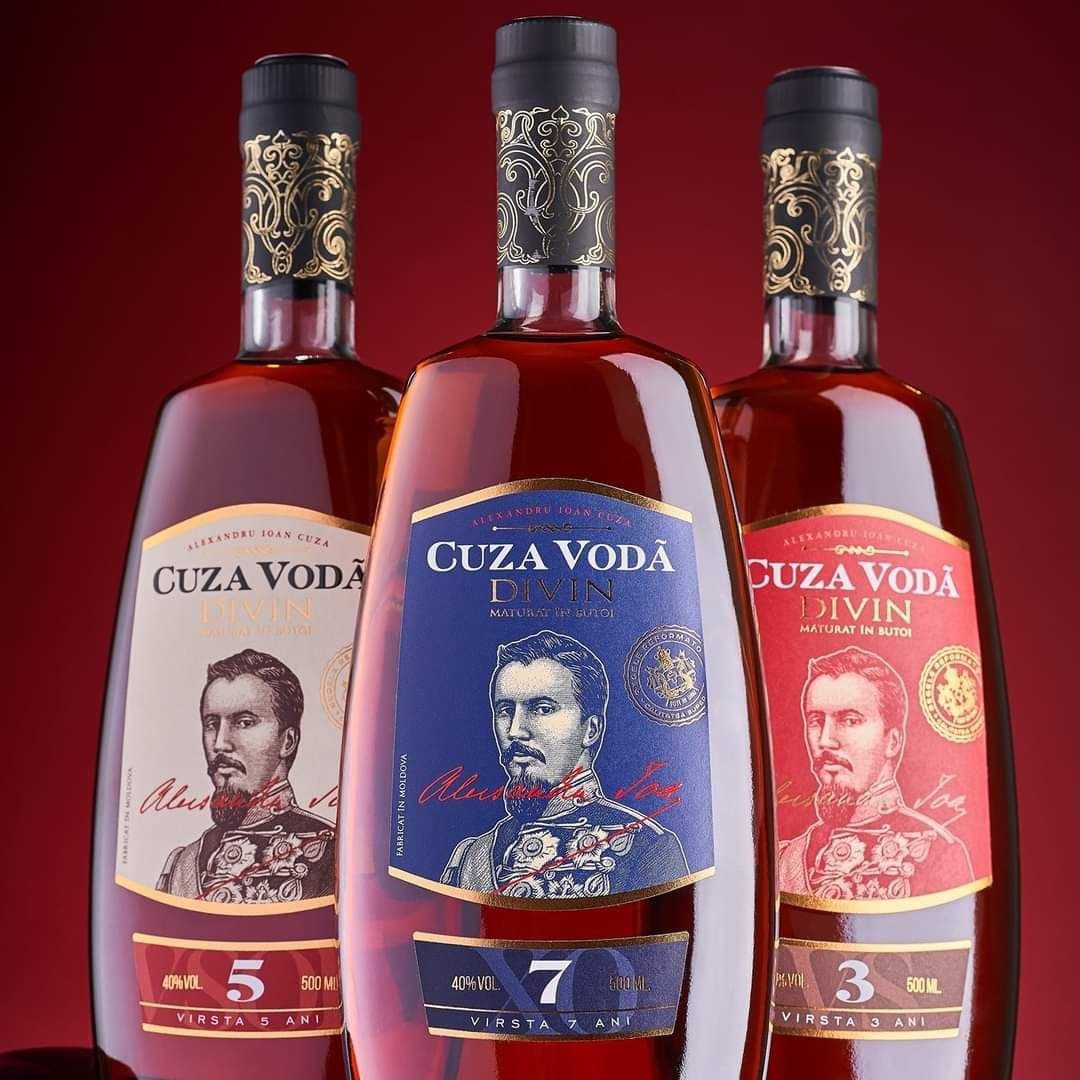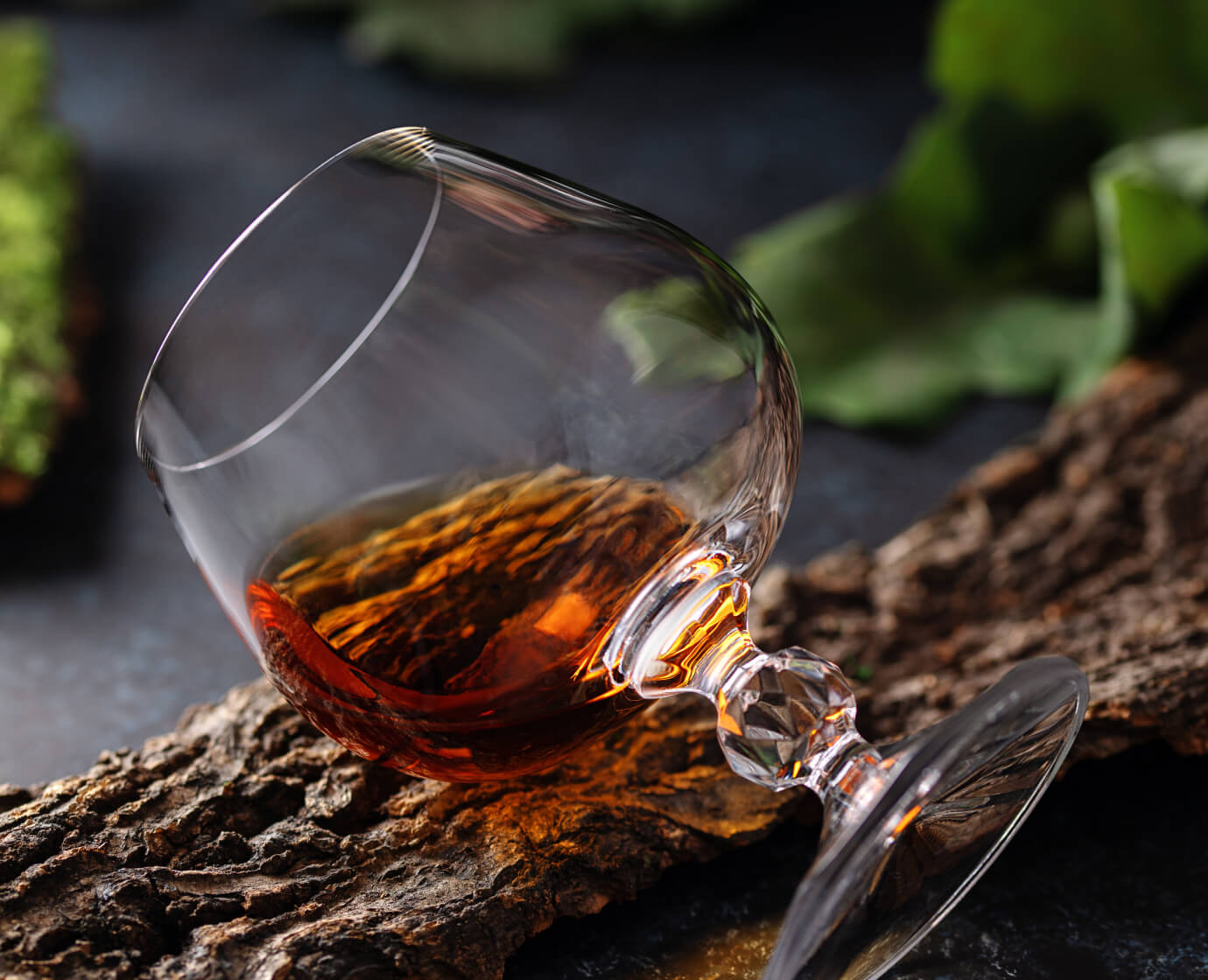Cuza Voda divins (5, 7, 10 years old) were launched on the local market. Previously, they were mostly exported, so the consumers did not have much information about the manufacturer – the Bulboaca Distillery, which in 2021 decided to focus on its brand Cuza Voda and the local market.
The foundation was laid by Constantin Mimi
The graduate of the Higher School of Agronomy in Montpellier (France), in 1893, Constantin Mimi (later the last governor of Bessarabia) founded a French-style winery in the village of Bulboaca and began construction of the first castle in Bessarabia. The household also included a distillery, which used the most modern equipment and technology. The wine was boiled in a copper distillation device over an open fire, then the distillates were poured into oak barrels for aging. As there was a railway station 200 meters away, the production was traded beyond the borders of Bessarabia.
During the Soviet era, winemaking became a state branch. In 1952, based on the wineries located in the villages of Bulboaca, Geamăna and Speia, the Bulboaca winery was created, a place where grapes were processed, wine was bottled, and wine materials were distilled. In 1953, the first distillery was installed at this company.
In 1970, an alcohol section was built, which significantly increased the production of alcoholic drinks, and a railway line was built on the territory of the factory, which contributed to the transportation of wines and beverages from Bulboaca, including in bulk throughout the Soviet Union.
In 1977, the construction of a new large-scale modern production line began on the territory, which was completed in 1982. At the same time, a new non-stop distillation column was installed.
In 1998, the company was privatized and renamed “Agrovin Bulboaca” joint-stock company. Later, in 2014, its structure was changed, which led to the appearance of Castel Mimi SRL and Distilleria Bulboaca SRL.
How Cuza Vodă divins are produced
Currently, Bulboaca Distillery employs about 100 people, including specialists with more than 20 years of work experience. The distillates are produced in a special column modernized in 2010 by specialists from France. It is made of copper, which provides a significant contribution to the divins’ quality.
The raw material for divines (distillation) is produced at Castel Mimi. For this process only white grape varieties are used – Aligote, Chardonnay, Feteasca Albă and other European varieties. Grapes are grown especially in the central part of Moldova. For a long time, Agrovin Bulboaca, and later Bulboaca Distillery were focused on the export of bulk distillates. From 2013 to 2015, the company was one of the largest exporters of wine. Due to this fact, it has a great opportunity to choose the best distillates for the production of the divine.
During several years of production of distillates at this company, the chief technologist selected the best batches and insisted that they should be kept, not sold. Eventually, the specialist succeeded in convincing the business owners. Once, during the inventory of the distillates in the warehouses, in agreement with the owners, it was decided to make a brand of divines, which would definitely become known, because some fantastic distillates were collected. There was also a desire to create a brand on the local market, because the final product was almost ready – quality raw material, recipes, vision.
The secret of the divins’ production
“Cuza Vodă Divins have some distinctive features”, says the director of the Bulboaca Distillery SRL Alexandru Soloviov. “There are several secrets. One of them is that the distillation of wine materials is done with the presence of live yeasts, due to which the distillates acquire additional aromas, produced by the yeast. Another secret of the Cuza Voda divin is the use of different types of wood for the process of aging. But we keep the details, because only our master knows how to combine different types of wood and, of course, he does not tell anyone how to do it. He has his own style, which we call the “San Sanici style.” We probably shouldn’t leave this process in the hands of a single person, but at the same time we don’t want to disturb the creative atmosphere, because he is an artist, and artists need freedom to create masterpieces”.
Some of the distillates are kept in barrels. Others in cisterns, which are placed in closed rooms. And the third part – in cisterns, located outdoors. The color chosen for painting is black, because in summer it attracts the sun’s energy and uses its force. It happens under the influence of the sun’s rays, when the surface of the cisterns heats up to 80 degrees Celsius. This creates a rich diversity of the bouquet of the future divins.
In the production of divin, but also cognac, mixtures play a major role. This technological operation is elevated to the rank of art, due to which the soul of the master is reflected in the divin.
According to Alexandru Soloviov, at Bulboaca Distillery the mixture is made only on holidays. This is what San Sanici decided, so that the daily routine causes lack of inspiration. Only San Sanici is involved in this process. Actually, the process often takes a long time. Sometimes, even close to midnight, the light can still be seen in his office, where he makes some magic with the mixtures. It happens in the middle of the night, when master goes down to the cellar and looks for a flavor among the barrels, in which the distillates are aging, or takes samples from the cisterns, keeping in mind that there is the necessary aroma for the coupage.
“We have grape distillates, grown in the north, center and south, which have different flavors. And their aging is also different. Of course, this depends on the grape variety. Therefore, some distillates have a pronounced acidic character. In some groups floral aromas are prevalent, in others – the fruity ones. Here the whole range of aromas allows me to create the divins as I see them “, explained San Sanici.
I admit that Cuza Voda divins (5, 7, 10 years old), without knowing their backgrounds, pleasantly surprised me. They, indeed, have their own face, they have individuality. In these divins is felt the authentic spirit of the master. Their tasting is very captivating, because I study them and enjoy their original bouquets.
Cuza Vodă 5 years
The color of the divin – festive, amber, bright. This divin leaves thick marks on the glass. The bouquet opens with aromas of caramel, jam, almonds, vanilla, honey flowers and some shades of dried herbs.
It has a very soft taste, slightly burning at first (you can read about the tasting process here), with shades of yellow, which turn into shades of coffee. It’s an interesting drink. A very good divin for the age of five, which surely exceeded my expectations.
Cuza Vodă 7 years
Amber color, glossy one. When turning the glass with the divin, you can feel the smells of coffee, vanilla, floral notes – jasmine, lilies, violets, shades of exotic fruits, plum, dried orange, nutmeg. Beautiful bouquet dominated by the floral theme.
Soft, oily taste, with hints of coffee and nuts. Aftertaste – coffee and vanilla (slightly burning) with almond shades of taste.
Cuza Vodă 10 years
The most aged divin in this series – 10 years old, also has a pronounced amber color, with luster.
The bouquet contains light smoke, dried mushrooms, dried apricots, figs, noble skin, freshly cut apple, honeycomb, almonds, prunes and caramel. An unusual and very rich bouquet.
The taste is soft, even more oily, slightly viscous, with shades of almonds and honey. Marmalade and prunes appear in the long aftertaste.
Where can you buy them?
Cuza Voda divins can be purchased in Linella, Metro, №1, Fourchette, Alcomarket, Kaufland, Velmart/Green Hills and Fidesco markets. Gas station: Tirex, Vento, Lukoil.
How much do divins cost?
The order of the prices for Cuza Voda Biografia divins is as follows: 5-year-old divins cost from 95 lei, 7-year-old divins – from 150 lei and 10-year-old divins – from 220 lei, depending on the store.
The order of the prices for Cuza Voda Clasica divins: 5-year-old divins cost from 80 lei, 7-year-old divins cost from 85 lei, 10-year-old divins – from 135 lei
P.S. A new series of Cuza Voda Premium Divins will soon be launched. These divins are 100% aged in French oak barrels. They have a completely different style, which is not similar to what is produced in the local industry. It reminds us of Armagnac – a new creation signed by San Sanici. But about that – we are going to talk next time.


